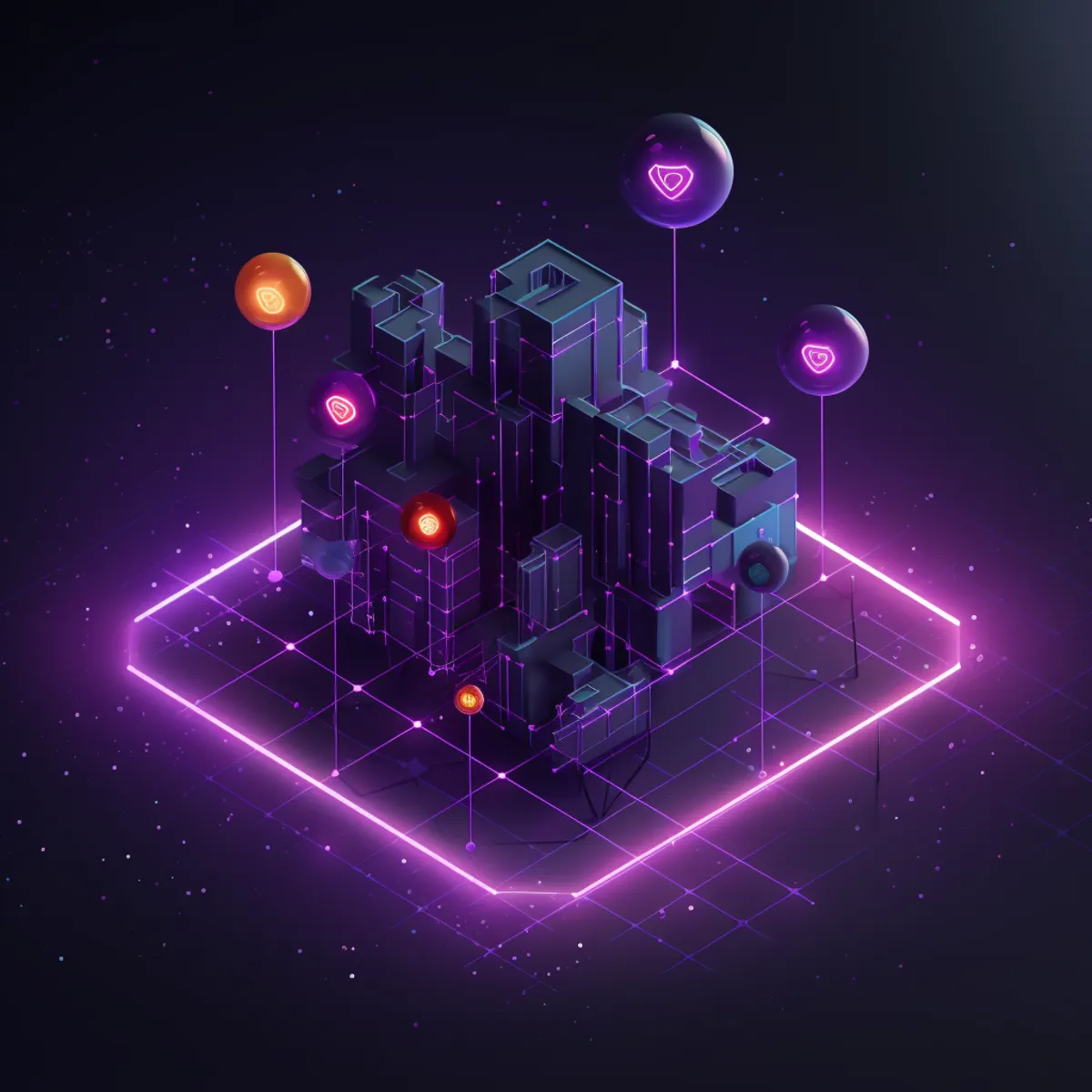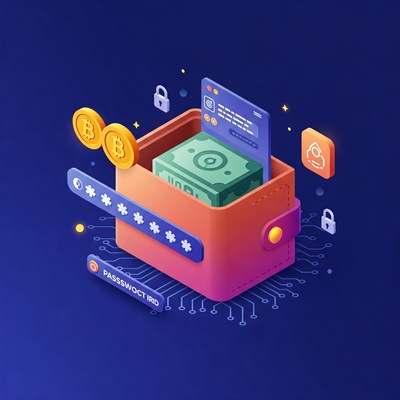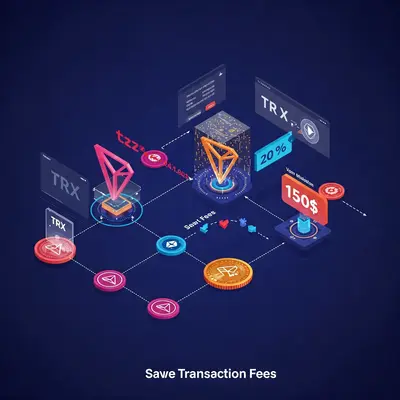Blog Post
Read our latest blog posts and stay updated with the latest trends and insights in the blockchain industry.
Explore a wide range of topics and discover valuable information that can help you enhance your knowledge and skills.


By Chaingateway
Oct 16, 2023
Tron is a blockchain platform working on creating a decentralized global digital content entertainment system. The Tron network relies on nodes spread throughout the world to validate transactions and maintain the security of the network. Here are the steps to set up a Tron Node.
No matter the type of node, the deployment process is the same:
You will require Oracle JDK 1.8 and git
The next step is to download the full node. You can obtain the FullNode.jar by compiling the source code or by downloading the released jar directly.
In this step, you must first get the mainnet configure file: main_net_config.conf. You can find other network configuration files here. The full node contains the full historical data and acts as the entry point into the Tron Network. It provides HTTP APIL and Grpc API for external query. Using the fullnode, you can interact with the Tron Network. For instance, you can deploy contracts, interact with contracts, transfer assets, and more. The startup command for the mainnet fullnode is detailed below. The -c parameter specifies the configuration file of the fullnode.
$ java -Xmx24g -XX:+UseConcMarkSweepGC -jar FullNode.jar -c main_net_config.conf
-XX:+UseConcMarkSweepGC :Specifies parallel garbage collection. To be placed before the -jar parameter, not at the end. -Xmx :The maximum value of the JVM heap, which can be set to 80% of the physical memory. To start up a fullnode that can produce blocks for the mainnet, you should add the –witness parameter to the startup command; fullnode will run as a node that produces blocks. Besides supporting all functions of fullnode, the block-producing fullnode also supports block production and transaction packaging. Ensure you have a super representative account and receive votes from others. If the votes rank in the top 27, you will have to start a fullnode that can produce blocks to begin block production. You will also need to fill in the private key of the super representative address into the localwitness list in the main_net_config.conf. Alternatively, you can use the keystore + password method if you do not want to specify the private key in plain text. Here is how to do it. Once you do that, run this command to start the node:
$ java -Xmx24g -XX:+UseConcMarkSweepGC -jar FullNode.jar --witness -c main_net_config.conf
Due to the size of the mainnet and nile testnet, it will take some time for the data to be synchronized. You can use Data Snapshots to speed up the process. To do this, you will need to download the latest data snapshot and extract it to the output-directory directory of the Tron project. You can then start the node that it synchronizes using the data snapshot. To shut down the fullnode, you can use the command kill -15 process id.
Once a node is synced, you can verify its status using the Tron Grid API. Run this command in a new terminal window: tron-grid status It will return information about the node, including the block height and the version of the software. Once that is done, you are now a successful operator of a Tron Network full node.
Setting up and maintaining a Tron Network node can be a lot of work. It is complex, and difficult to master. However, Chaingateway.io has the perfect solution. The platform offers direct access to the Tron blockchain without all the complexity.
Running a full node requires huge resources, including storage space and bandwidth. You also have to keep the node updated with the latest software releases to ensure it works properly and is secure. Running a node is crucial for developers who want to build on Tron or take part in the consensus mechanism. Using the steps above, you should be well on your way to setting up a full node and interaction with the Blockchain.
Share This Post
Enter your email to receive our latest newsletter.
Don't worry, we don't spam

chaingateway

chaingateway

chaingateway
Learn how to set up a Binance Smart Chain node for transaction authentication. Follow our guide to configure your BSC node and access BSC RPC endpoints.
Various use cases for a blockchain API to foster efficiency, improve speed of blockchain transactions while promoting adoption of blockhain technology.
How webhooks can be used to process deposits on the blockchain automatically to improve efficiency, and speed.